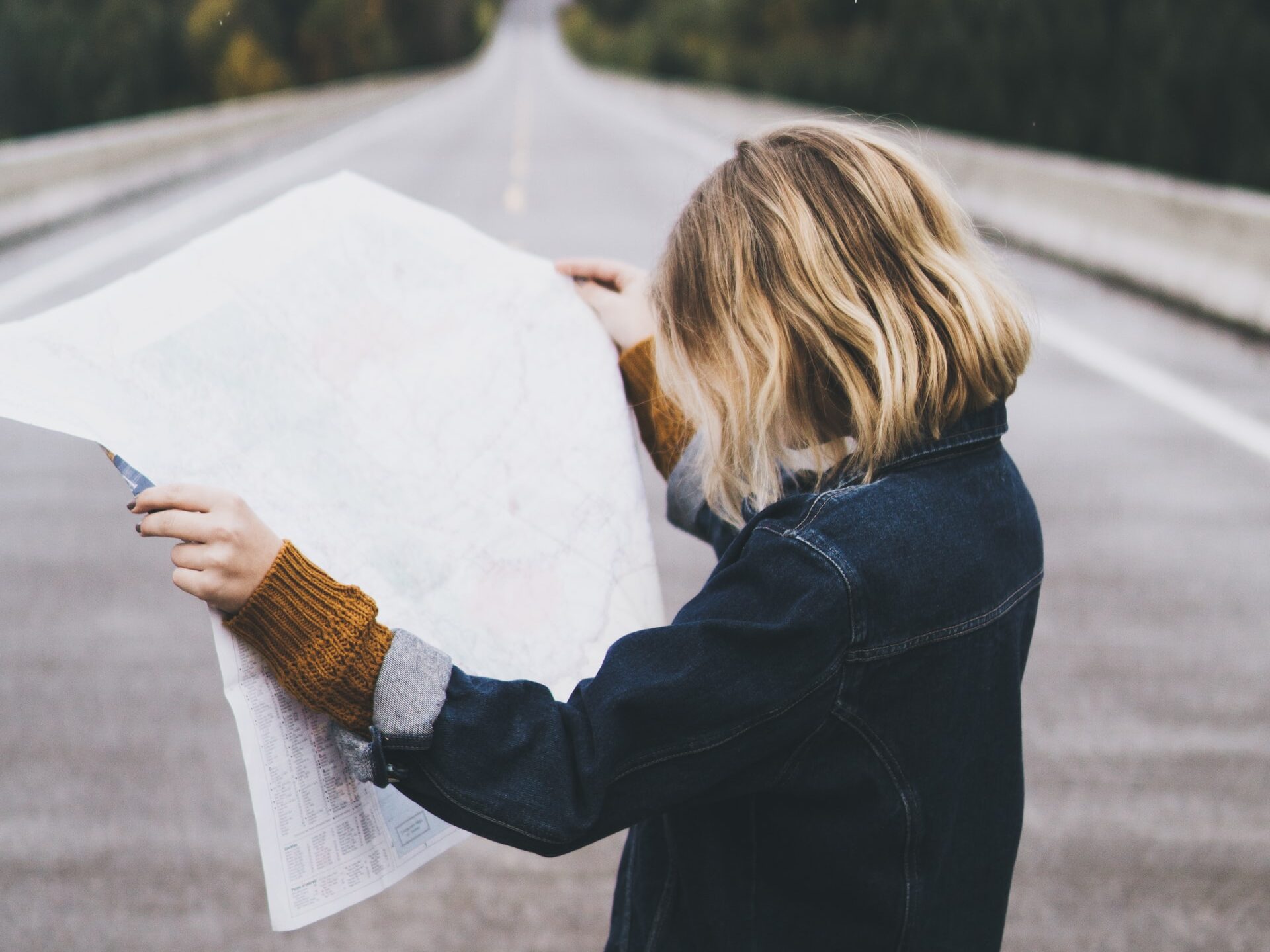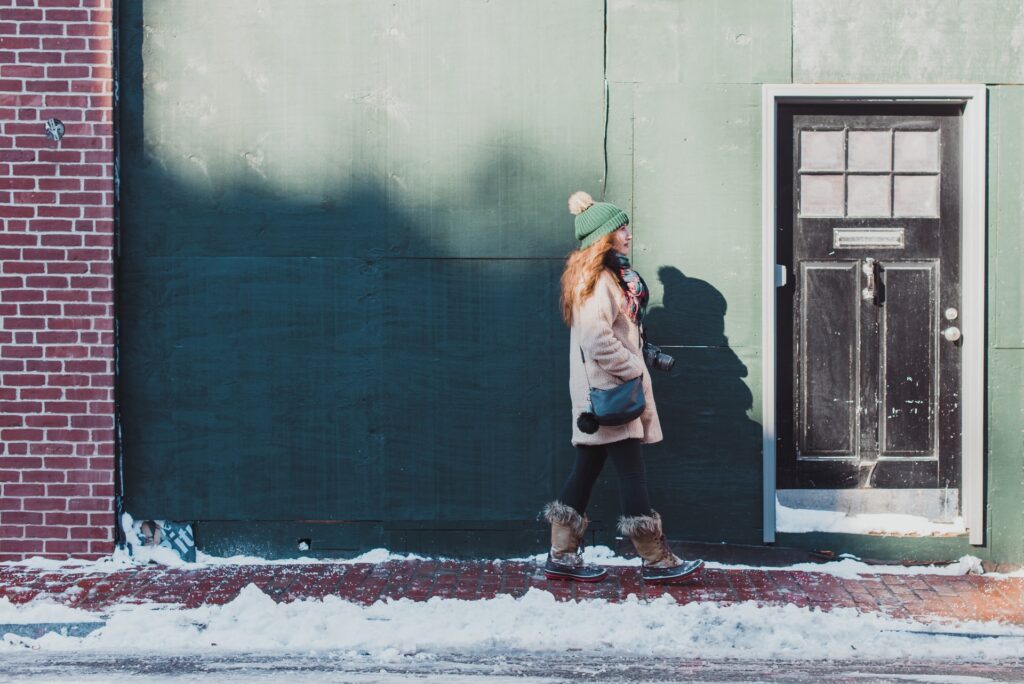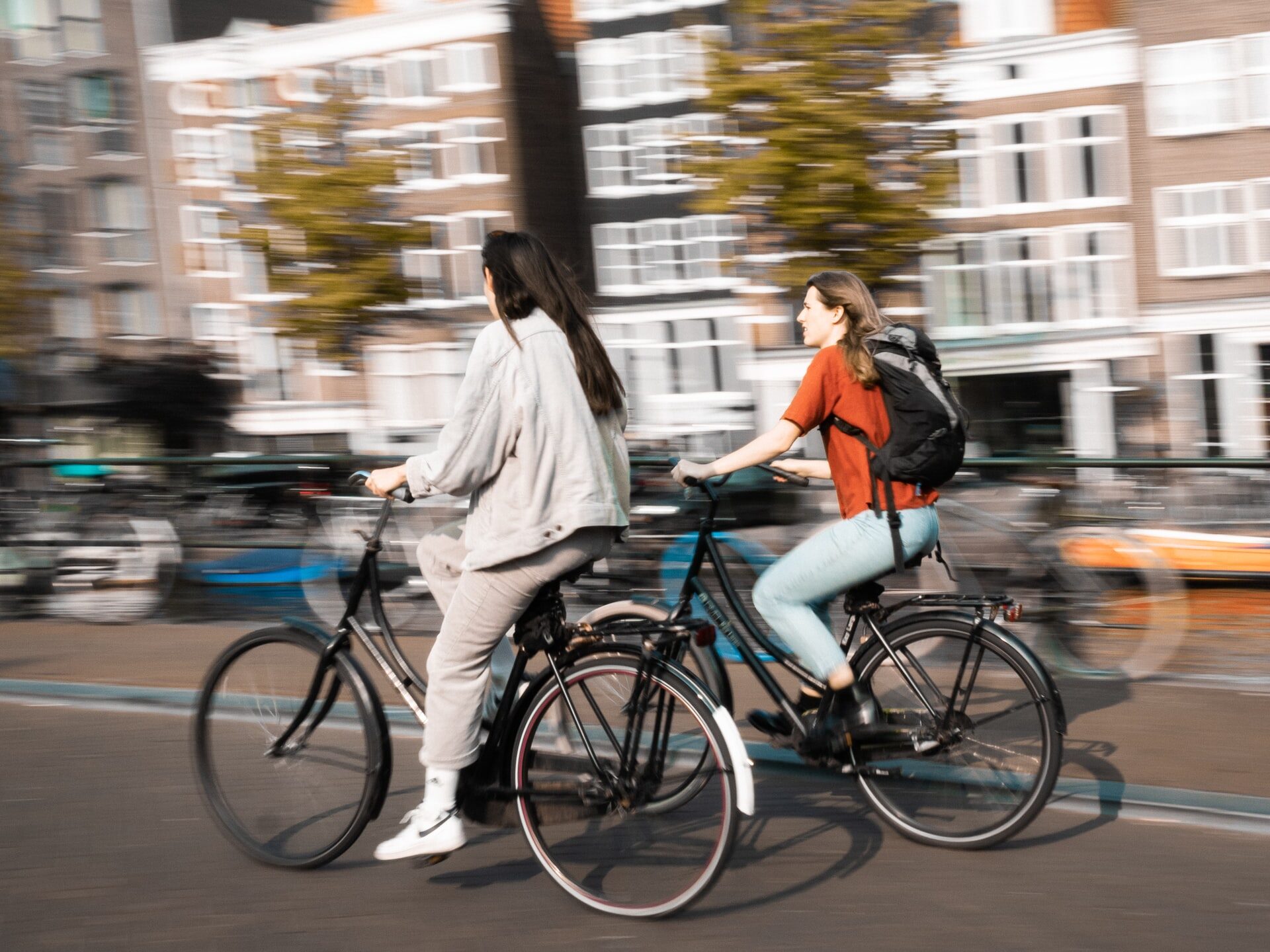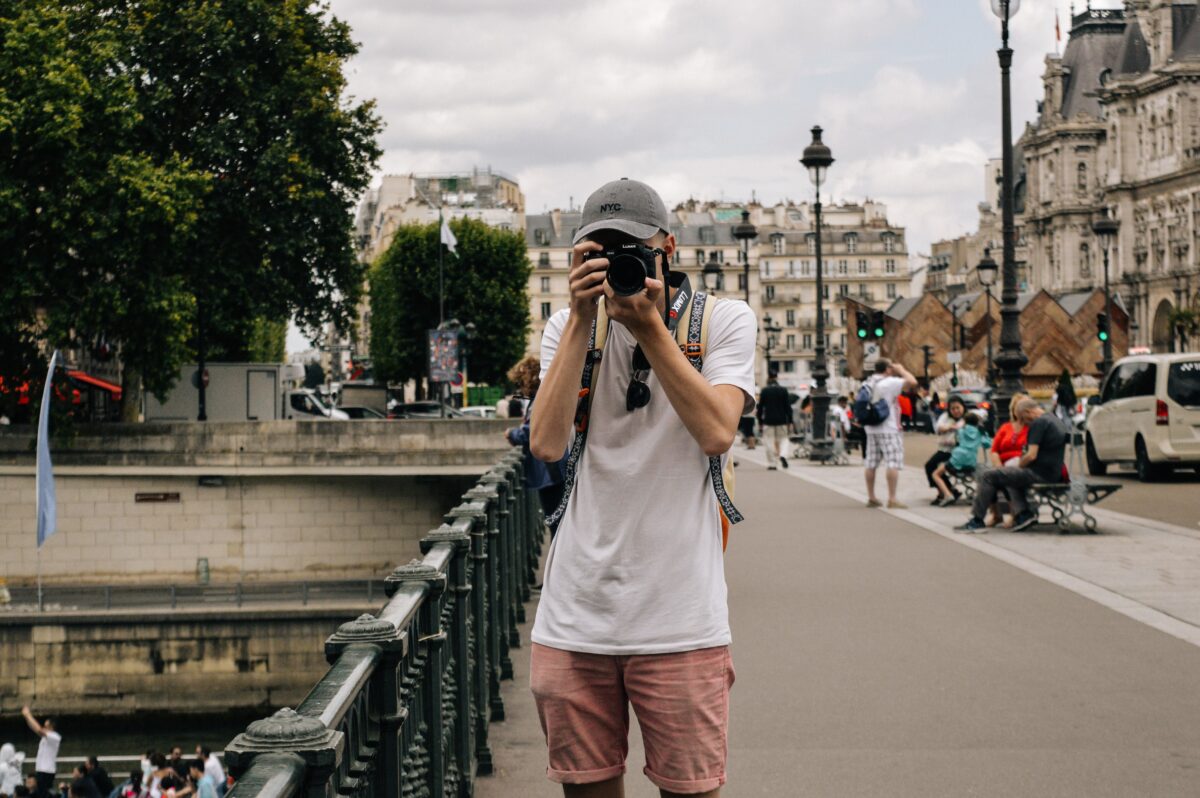As more Americans receive COVID-19 vaccines, “getting back to normal” has become the phrase du jour. But when it comes to the design of our cities and neighborhoods, some city leaders are wondering if getting back to normal is truly worth it. Should we really be going back to relying on cars for every single outing?
Some leaders are saying no. In Paris, Mayor Anne Hidalgo is on a mission to drive cars out of the City of Light. Several cities including New York City are making their “pandemic parklet” programs permanent. And as office retail plummets and more people work from home, more cities are starting to explore the idea of the 15-minute city.
There’s a personal opportunity here too. As we build our post-pandemic lives and rhythms, what would it look like to rethink normal when it comes to how we move around our city? While we can’t change very much about how our cities are designed, the one thing we can challenge is how we move through them.
While many of us have inherited a car-based relationship with our cities, it’s not one we have to keep. Here are five ways to rethink normal when it comes to how you move around your city.

Take a deep dive into your neighborhood
Often, our neighborhoods contain unique local shops we’d be interested in; we just haven’t discovered them. Discovering interesting local businesses is surprisingly difficult when we’re driving at 45 mph…we simply don’t have time to look out the window!
Using Google Maps, zoom in until you have a circumference of 3-5 miles around your home. Search for various amenities like cafes, grocery stores, bars, and so on, and save them with a golden star. Once you’re finished, look at the stars you’ve collected: what’s reachable around you without a car?
Give public transit a shot
Many times, I’ve lived in a city and instantly assumed that public transit would be too dangerous or unreliable to use. I was wrong on both accounts. For example, while living in Providence, Rhode Island, I remember realizing one day that I could get from my house to downtown in 10 minutes for a dollar without incident and not have to worry about parking.
We might be assuming that our city has no public transit because this is the case in most cities; but in many cases, this is not true. With a little research you might find that with some planning and courage, it’s possible for you to safely conduct an errand or two on the local bus.
Share your car and errand load with friends
Almost half of all car trips in the United States are for short errands, yet account for more than half of all carbon emissions. Why not collaborate with friends to help each other with errands or carpool together? If one person is going to Target, they could pick up a few things for the group. Heading to the post office? Send a quick text to see if anyone else needs stamps. Big grocery-shopping day? Pick up a few friends first and make one single trip. Not only will collaborating on errands give you more chances to connect with your community and friends, but you’ll also be reducing your carbon emissions.

Take a walk
As people who have been conditioned to drive everywhere, it’s almost impossible to envision that anything else is possible. While sometimes walking truly is undesirable, sometimes it’s actually possible . . . we just don’t know.
Once you discover a few shops, a bar, or a café within walking distance from you, lace up your shoes and walk there. What details do you notice along the way? How does the design of the street make you feel? How do you feel mentally and emotionally once you arrive? P.S. This is a perfect way to get in that podcast you’ve always been wanting to listen to!
Explore biking

Biking is probably my personal favorite way of getting around town. The pace of biking allows for meaningful observation while still moving around efficiently. The physical exertion and the ease with which I can maneuver the streets never fails to release endorphins, and I never have to stress about parking.
If you take up biking, here are a few tips: ride on residential streets instead of on busy corridors as much as possible, learn your hand signals, avoid rush hours, and invest in good lights and a sturdy crossbody bag. Study a map ahead of time so you can anticipate hills and one-way streets along your route.
***
Three months ago I moved to a different part of Waco. I’m living with friends with a bike to spare, so I now bike about two-thirds of the time around town. I try as much as possible to only use a car for trips to the grocery store or for evening events, because biking here in the dark is quite unsafe.
In the past three months that I’ve traded car keys for bike keys, not only have I been happier, but my sense of connectedness to the city has improved. Biking has introduced me to the city’s landscape in a new way. I have discovered hills I didn’t know existed and have a more detailed knowledge of the roads and traffic patterns. I’ve supported more small businesses because they’re closer to me than the chain stores, and I have waved to more neighbors.
This is a new normal I could get used to.
